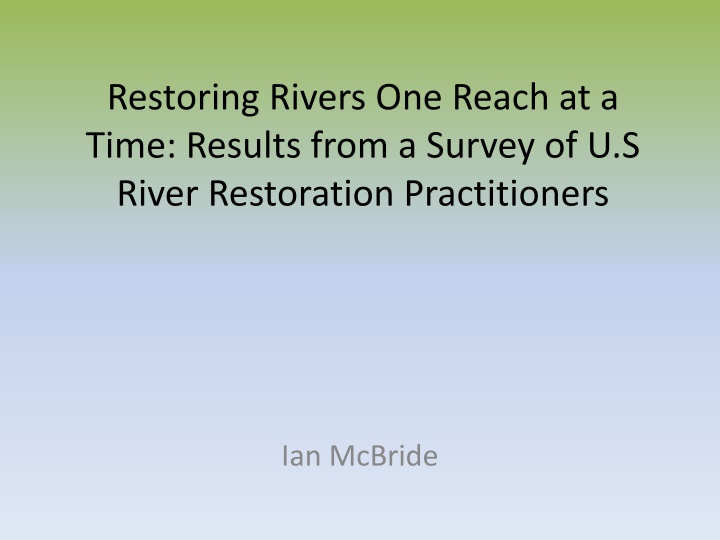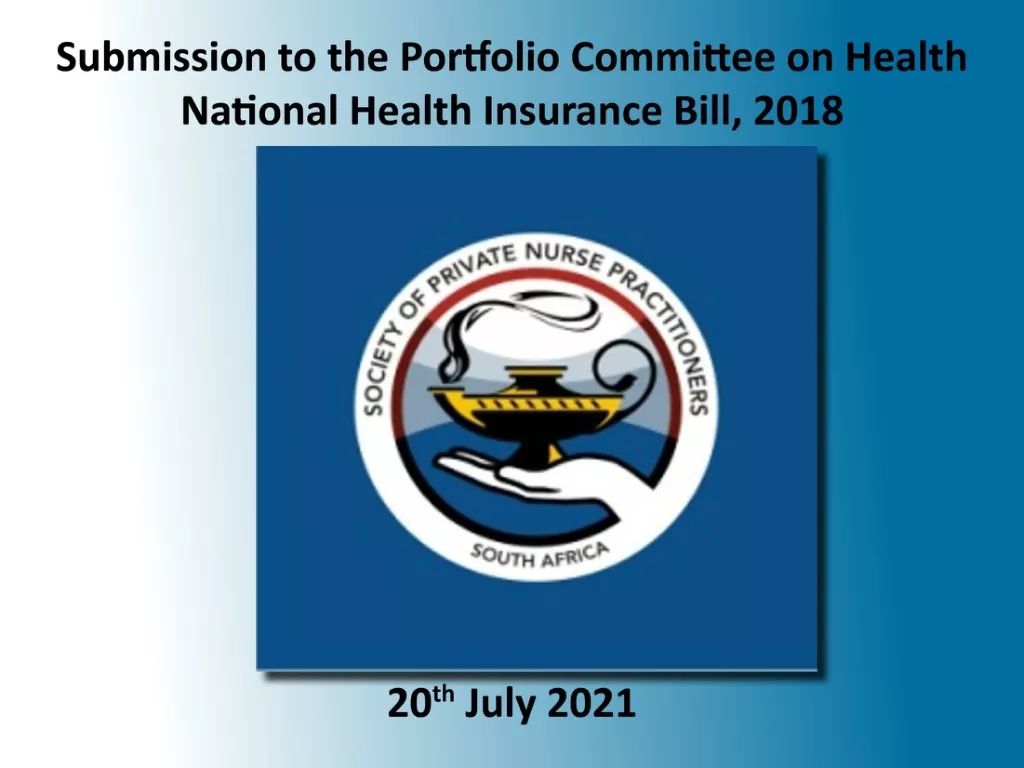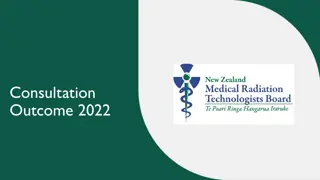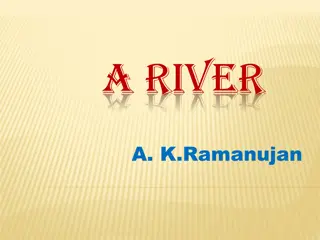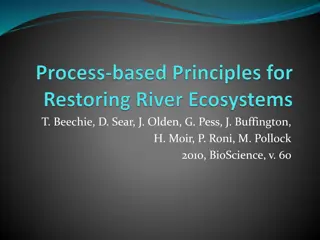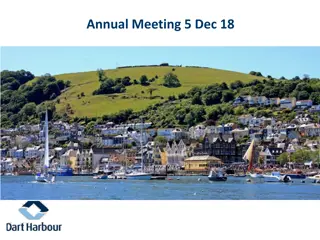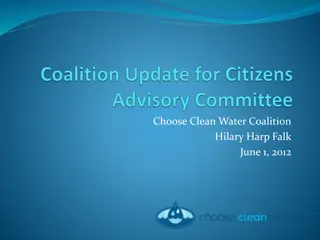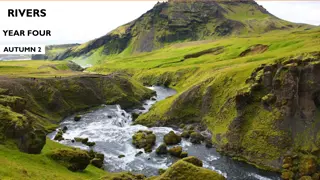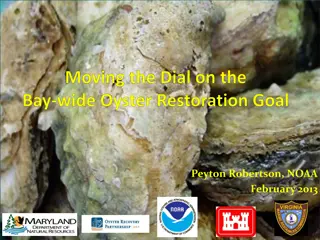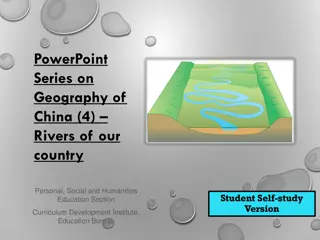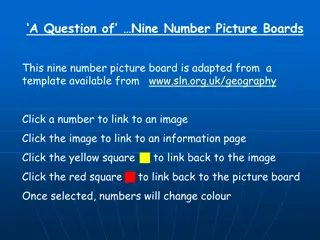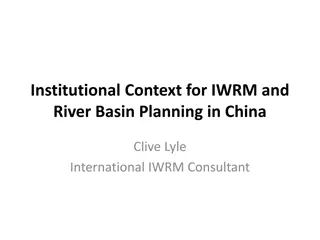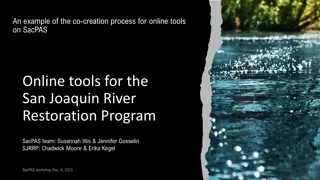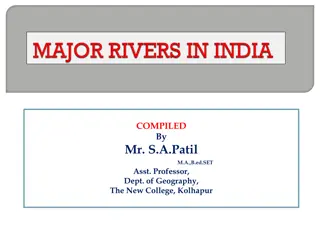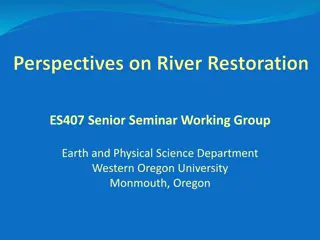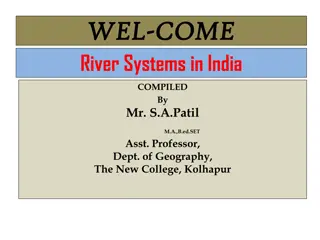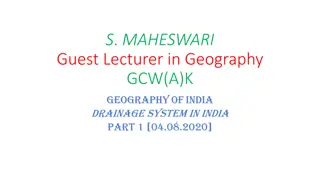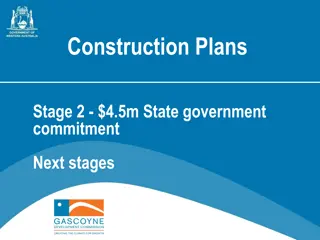Restoring Rivers: Survey of U.S. River Restoration Practitioners
River restoration projects are growing exponentially, yet outcomes are often overlooked. The National River Restoration Science Synthesis aims to provide a comprehensive evaluation of these efforts to inform future projects. Methods involve compiling and organizing data on a national scale, with a focus on project summaries and interviews with practitioners from completed projects. Results show varying levels of success, with distinct project styles and methods leading to different outcomes. The discussion touches on the features of successful and unsuccessful projects.
Download Presentation

Please find below an Image/Link to download the presentation.
The content on the website is provided AS IS for your information and personal use only. It may not be sold, licensed, or shared on other websites without obtaining consent from the author.If you encounter any issues during the download, it is possible that the publisher has removed the file from their server.
You are allowed to download the files provided on this website for personal or commercial use, subject to the condition that they are used lawfully. All files are the property of their respective owners.
The content on the website is provided AS IS for your information and personal use only. It may not be sold, licensed, or shared on other websites without obtaining consent from the author.
E N D
Presentation Transcript
Restoring Rivers One Reach at a Time: Results from a Survey of U.S River Restoration Practitioners Ian McBride
Introduction river restoration is a broad term Often the outcomes of river restoration projects are not evaluated River restoration efforts are growing exponentially 1 billion dollars annually
National River Restoration Science Synthesis The NRRSS aims to provide a national level synthesis of river restoration science Evaluate success levels of river restoration projects Identify specific aspects of a successful project Inform future river restoration projects
Methods Compile and organize data on a national scale Make data readily available to inform future projects
NRRSS Summary Database Collection of project summaries from completed river restoration projects Aimed to understand the current state of river restoration in the United States Included projects with the purpose of improving stream condition The effort can be evaluated
NRRSS Interview Database Formed for a subset of the summary database Interviews of project contacts Projects completed from 1996-2002
Criteria Able to interview appropriate Practitioners Goal of project: Riparian Management Water quality In-stream habitat improvement Channel reconfiguration Type of monitoring done (see Table 3)
Results 317 interviews about unique projects Large of variation in restoration projects style and method Varying levels of success of projects Very successful Somewhat successful Unsuccessful To early to tell
Discussion Were there distinct features of successful and unsuccessful projects? No. Motivation, members of restoration team, type of monitoring and funding sources showed no trend in successful vs. unsuccessful projects
Discussion (cont.) Did projects that followed the idealized process show any unique characteristics? Not in cost, size, participants, funding source or region.
Discussion (cont.) Over two thirds of the projects that employed a highly effective process had: Significant community involvement An advisory committee associated with the project
Conclusion River restoration projects are extremely variable Many factors appear to have little influence on success Community involvement and having an advisory committee seem to correlate with success
Conclusion (cont.) The NRRSS has an outline that correlates with a success Restoration practices need rigorous scientific evaluation to determine a level of success Agencies involved in restoration should take this information and re-evaluate methods
